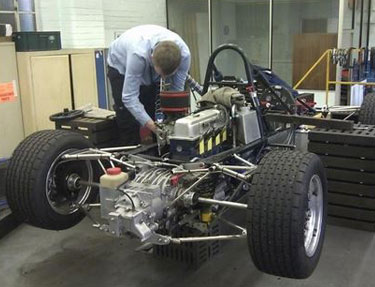


As computer-aided design (CAD) has become more popular, reverse engineering has become a viable method to create a 3D virtual model of an existing physical part for use in 3D CAD, CAM, CAE or other software.
The reverse-engineering process involves measuring an object and then reconstructing it as a 3D model. The physical object can be measured using 3D scanning technologies like CMMs, laser scanners, structured light digitizers, or Industrial CT Scanning (computed tomography). The measured data alone, usually represented as a point cloud, lacks topological information and is therefore often processed and modeled into a more usable format such as a triangular-faced mesh, a set of NURBS surfaces, or a CAD model.
Reverse engineering is also used by businesses to bring existing physical geometry into digital product development environments, to make a digital 3D record of their own products, or to assess competitors’ products. It is used to analyse, for instance, how a product works, what it does, and what components it consists of, estimate costs, and identify potential patent infringement, etc.
Value engineering is a related activity also used by businesses. It involves de-constructing and analysing products, but the objective is to find opportunities for cost cutting.
